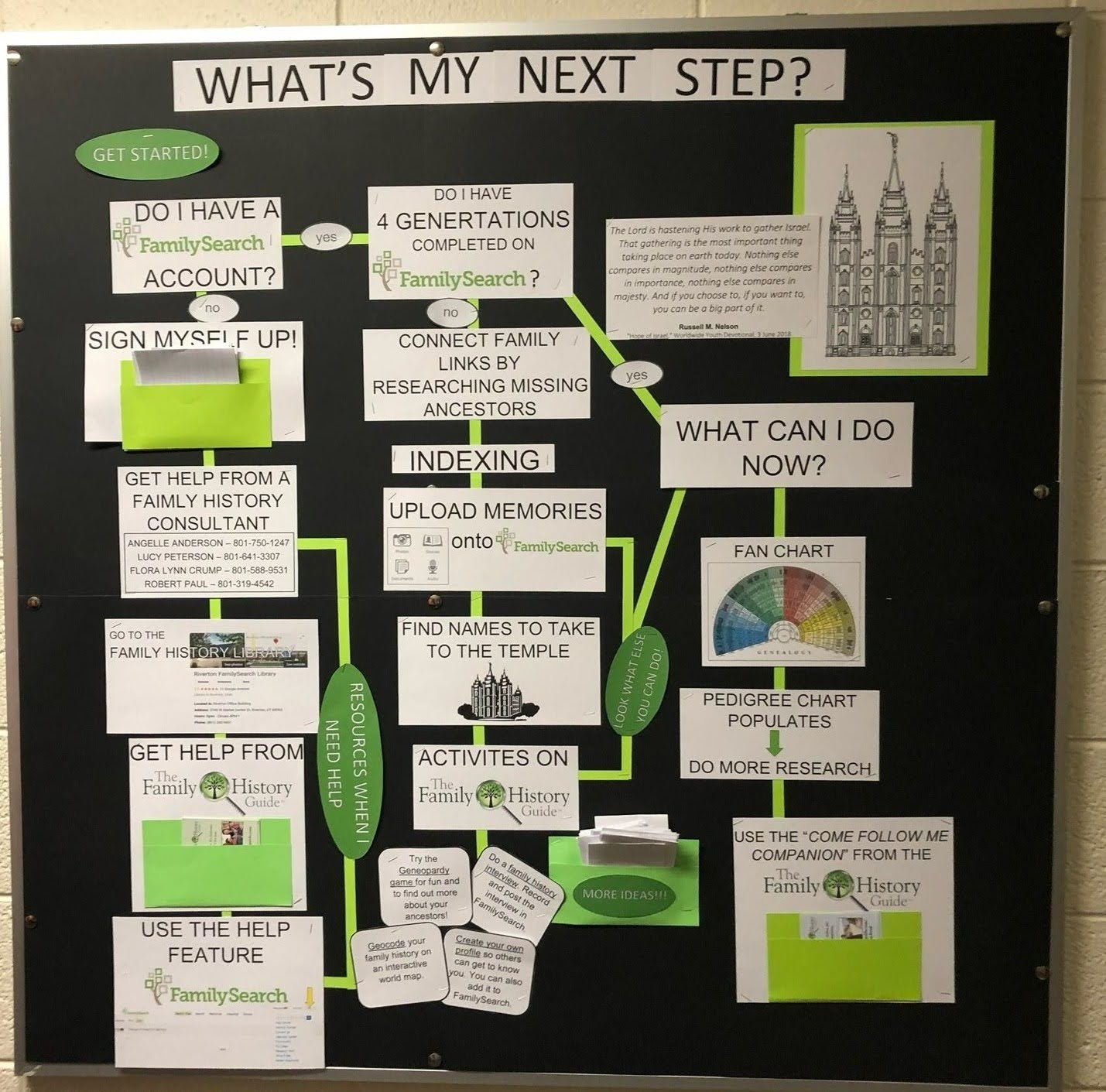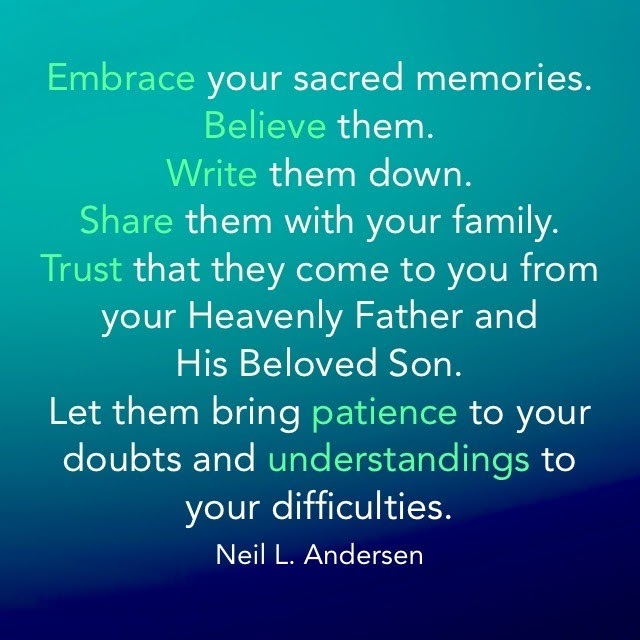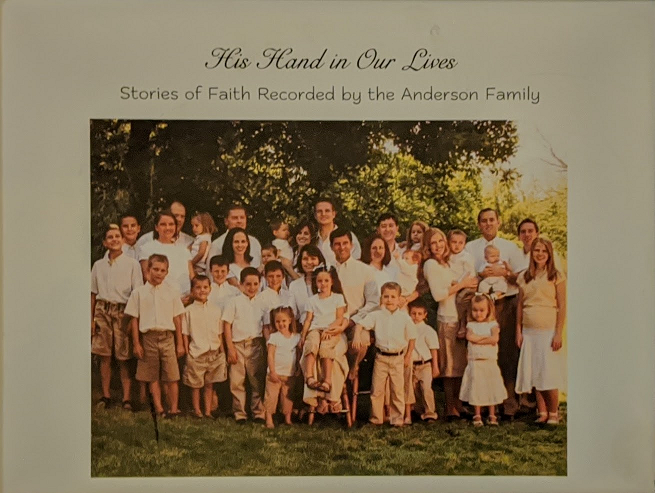

Come, Follow Me is a resource offered by The Church of Jesus Christ of Latter-day Saints. It is designed to be used in the home to support personal and family scripture study to build faith in Heavenly Father and His plan of salvation and in the Savior Jesus Christ and His Atonement. Come, Follow Me is self-contained and adequate, when used properly. Products and materials designed to supplement this resource, though they may be helpful in some instances, are not necessary for a successful home study program.

Prepare Ye for the Coming of the Bridegroom
Doctrine and Covenants 133:4–14
From Come, Follow Me:
Jesus Christ calls me to reject Babylon and come to Zion.

“I wish to bear witness of God’s power of deliverance. At some point in our lives we will all need that power [of deliverance]. Every person living is in the midst of a test. … Two things will be the same for all of us. They are part of the design for mortal life.
“First, the tests at times will stretch us enough for us to feel the need for help beyond our own. And, second, God in His kindness and wisdom has made the power of deliverance available to us.” Henry B. Eyring, The Power of Deliverance
Read or watch the story of forgiveness in the talk by Elder Gerritt W. Gong, See also the story of forgiveness in the talk by Elder Gerritt W. Gong, Happy and Forever. Here is a clip:
Read about another example of forgiveness extended to a family member on the other side of the veil in this address by Kristin Yee: Beauty for Ashes: The Healing Path of Forgiveness
Think about ways to connect with living relatives to share your family stories of forgiveness.

Perhaps simply making a family history connection with family members will be the beginning to healing troubled relationships. Think of any ways you may have offended another family member and ask for forgiveness. Make a call, write a message online, or write a letter. Pray as a family for help to clear up any misunderstandings, and become closer to those you love.
Watch the following video to see how one family found ways to forgive, and the power of sharing family history stories. The example begins at time stamp 8:45.

When we turn to God with full purpose of heart and pray for His help, having a spirit of repentance and humility, we can access His power of deliverance. The Lord always wants to lead us to deliverance through our becoming more righteous. That requires repentance.” See God’s Power of Deliverance.
In the video below, Steven Jezek describes how he was able to feel the Spirit again, overcome addictions, and get baptized because of his experiencing indexing.
See FamilySearch Project 5 in the Family History Guide, and search “Indexing” for hundreds of other results! See also How Indexing And Family History Has Increased, and this Indexing Activity. Read more here.
You can start now to find your family and help others discover information about their families that has been hidden away for 72 years! View the 1950 US Census: Opportunity and the new FamilySearch Get Involved App to be able to review computer information and check for mistakes "on the go."

See: The Promised Blessings of Family History and The Promised Blessings of Family History 2.

“...as we participate in family history and temple work today, we also lay claim to “healing” blessings promised by prophets and apostles. These blessings are also breathtakingly amazing because of their scope, specificity, and consequence in mortality. This long list includes these blessings:
If you have prayed for any of these blessings, participate in family history and temple work. As you do so, your prayers will be answered. Dale G. Renlund, Family History and Temple Work: Sealing and Healing
See the related “Promised Blessings” activity here.
To get started, or continue your family history journey, check out “Learning Paths” in The Family History Guide.
Decide what your next step will be and go for it!

Check out how President and Sister Nelson promise temple and family history work will bless you, and their plea in Open the Heavens Through Temple and Family History Work. Here is a clip:
Doctrine and Covenants 133:19–56
The Second Coming of Jesus Christ will be joyful for the righteous.
From Come, Follow Me
As you read the description of the Savior’s return in verses 19–56, what do you find that you are looking forward to? What words or phrases describe the Lord’s love for His people? Consider recording your personal experiences with “the loving kindness of [your] Lord, and all that he has bestowed upon [you] according to his goodness” (verse 52).
“Think of your own life. Over the years, I have listened to thousands of profoundly spiritual experiences from Latter-day Saints all across the world, confirming to me beyond any question that God knows and loves each of us and that He eagerly desires to reveal Himself to us. These experiences may come at pivotal times in our lives or in what may at first seem as uneventful happenings, but they are always accompanied by an exceptionally strong spiritual confirmation of the love of God.
Remembering these spiritually defining experiences takes us to our knees, declaring as did the Prophet Joseph: “What I received was from heaven. I know it, and I know that God knows that I know it.” (see Joseph Smith—History 1).” Neil L. Anderson, Spiritually Defining Memories

Plan a time to verbally share with your family the spiritual experiences you have had, and invite family members to share theirs also. This might be a “gathering” type setting where you are not audio recording.

Consider creating a collection of your spiritual experiences, and the spiritual experiences of your family members that they would like to share. This book can be a meaningful gift for family members.

You may also record your spiritual experiences using the Memories Audio app or the "Record My Story" feature on FamilySearch Discovery.

Consider keeping a written journal of God's hand in your life and in the lives of your family members. You can also record journal entries using the FamilySearch Memories Audio app or the "Record My Story" feature on FamilySearch Discovery.

"When our children were very small, I started to write down a few things about what happened every day...so that my children could have the memory someday when they would need it ... Before I would write, I would ponder this question: 'Have I seen the hand of God reaching out to touch us or our children or our family today?' ...I realized that trying to remember had allowed God to show me what He had done. More than gratitude began to grow in my heart. Testimony grew. I became ever more certain that our Heavenly Father hears and answers prayers. I felt more gratitude for the softening and refining that come because of the Atonement of the Savior Jesus Christ. And I grew more confident that the Holy Ghost can bring all things to our remembrance—even things we did not notice or pay attention to when they happened." Henry B. Eyring, O Remember, Remember.
Keep a journal, both for yourself and for generations to come. Read Why You Should Keep A Journal and How To Start Yours. For more help and inspiration see this blog post. Learn more in this article by Thai Nguyen: The Surprising Benefits of Keeping a Journal.

Take turns writing about how the Lord has worked wonders in your family. Share the opportunity of being scribe. Younger children can "write" with their artwork. See The Benefits and Blessings of Keeping A Family Journal.

Fulfillment of Promises in Your Life
Suggestion for journaling this week: Find the promises in Doctrine and Covenants 133-134. Write or audio-record about their influence in your life, and share with your family.